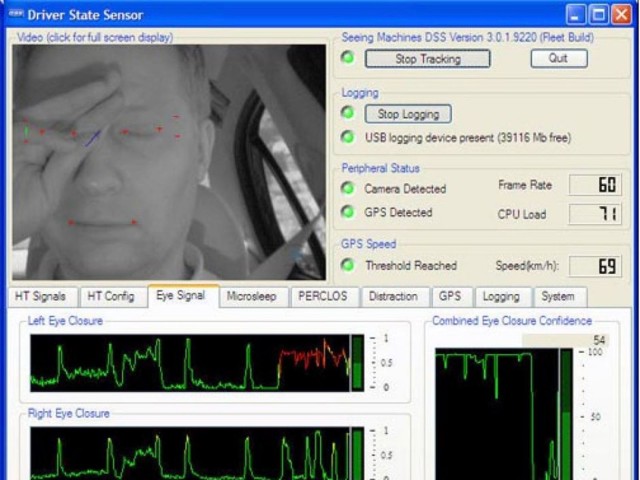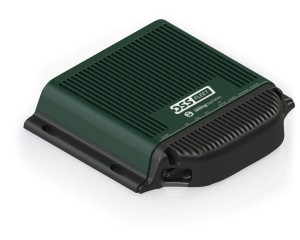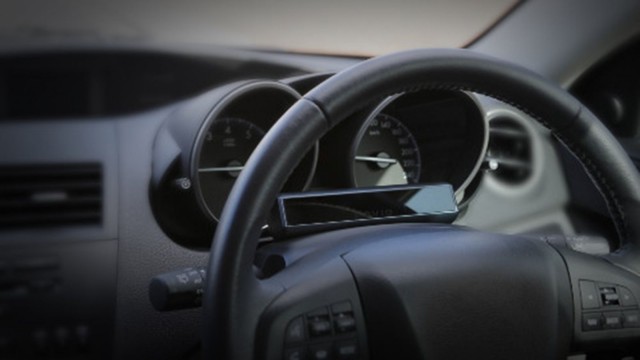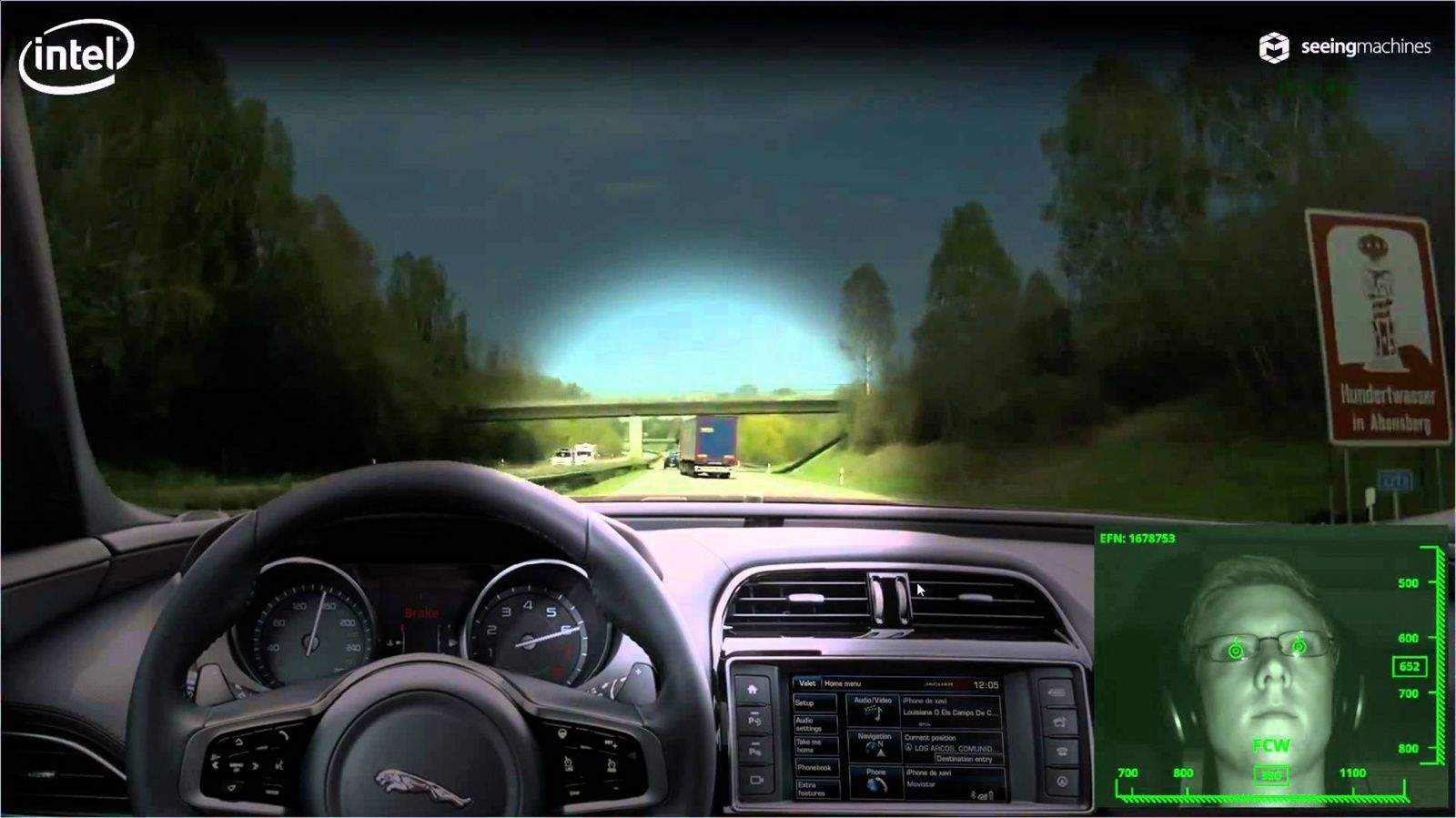Cameras and sensors assist us with backing up, parallel parking and eliminating blind spots, but technology that makes sure drivers don’t nod off still hasn’t found traction.
Australian company Seeing Machines wants to change that with its dashboard device that pays rapt attention to a driver’s head movements, blinking patterns and eyeball rotations, then alerts the motorist if a dangerous “microsleep event” is imminent.
“Unless you are a soldier, driving is the most dangerous thing we do day-to-day,” Rama Myers, business development manager for Seeing Machines, told Cult of Mac.

Combatting drowsy and distracted driving is a vital frontier for automotive safety — at least until we cede full control of our cars to intelligent machines. Automakers like Mercedes-Benz and Tesla are trying to perfect self-driving cars, and tech giants like Google (and Apple, if the iCar rumors can be believed) are attempting to accelerate the pace of innovation with regard to autonomous vehicles.
Until that happens, keeping drivers alert and focused remains key to safety on the road.
Seeing Machines has already won global approval in the mining industry, with more than 4,000 mining vehicles equipped with the company’s Driver Safety System devices. A growing number of trucking companies are using them as well, and a rail company is experimenting with a Seeing Machines tracking system.
In the United States, the National Highway Traffic Safety Administration estimates that 100,000 reported crashes per year result from driver fatigue, claiming some 1,500 lives and causing 71,000 injuries. A 2013 report from the Federal Motor Carrier Safety Administration claims 59 fatal crashes were the result of a truck driver “asleep or fatigued”
In making deals to equip fleets with Seeing Machines devices, the company first gives drivers and transportation managers the hard sell for getting more sleep. Some companies have found adjusting shifts and schedules allows drivers to get more sleep, Myers said.
“It has an impact on drivers if they understand their career or job is built around whether you have a good night’s sleep,” Myers
said.

In the mining industry, the devices showed managers how fatigue was affecting drivers. Alert eyes are especially critical in mining because the trucks weigh up to 400 tons and drivers navigate precarious, dugout roadways that overlook pits. Often, because the mining is done in remote places, an operator will log one or two hours in their personal vehicles just to commute to the job site.
“In the mining space, you have very rigid shifts that are effective for production,” said Nick Langdale-Smith, a Seeing Machines vice president. “These drivers know they’re tired but admitting to that is a different story. Saying so is not looked on too kindly. But relying on technology to highlight the issue takes pressure off the issue.”
Myers and Langdale-Smith said since the devices were installed in mining vehicles throughout the world, companies have used the readouts to adjust shifts. The number of driver accidents in mining has dropped sharply.
Seeing Machines started 15 years ago in robotics. Developers were trying to improve the way humans worked with robots and were constructing cameras and sensors for robots to read and interpret facial expressions of their human co-workers. Volvo took an interest in the technology, Langdale-Smith said, and the company soon directed its energies toward advanced driver-assistance systems. The automaker has not commercialized an in-vehicle camera but continues to collaborate with Seeing Machines on driver behavior research.
The in-vehicle system for mining trucks provides real-time alerts about fatigue and distractions. Seeing Machines has also gained a place on the dashboards of vehicles operated by four trucking companies.
Seeing Machines is developing gaze-tracking systems that measure and understand drivers and operators of airplanes and cars as well as air traffic controllers.

At the Consumer Electronics Show in Las Vegas earlier this year, Jaguar featured a vehicle demonstrating Seeing Machines’ automotive-grade eye- and face-tracking technology. The Advanced Driver Assistance System is able to understand when a driver is paying attention to the road or becomes distracted by a mobile phone, and can warn the driver of dangerous situations.
https://youtu.be/YqI9WqxAdq4


